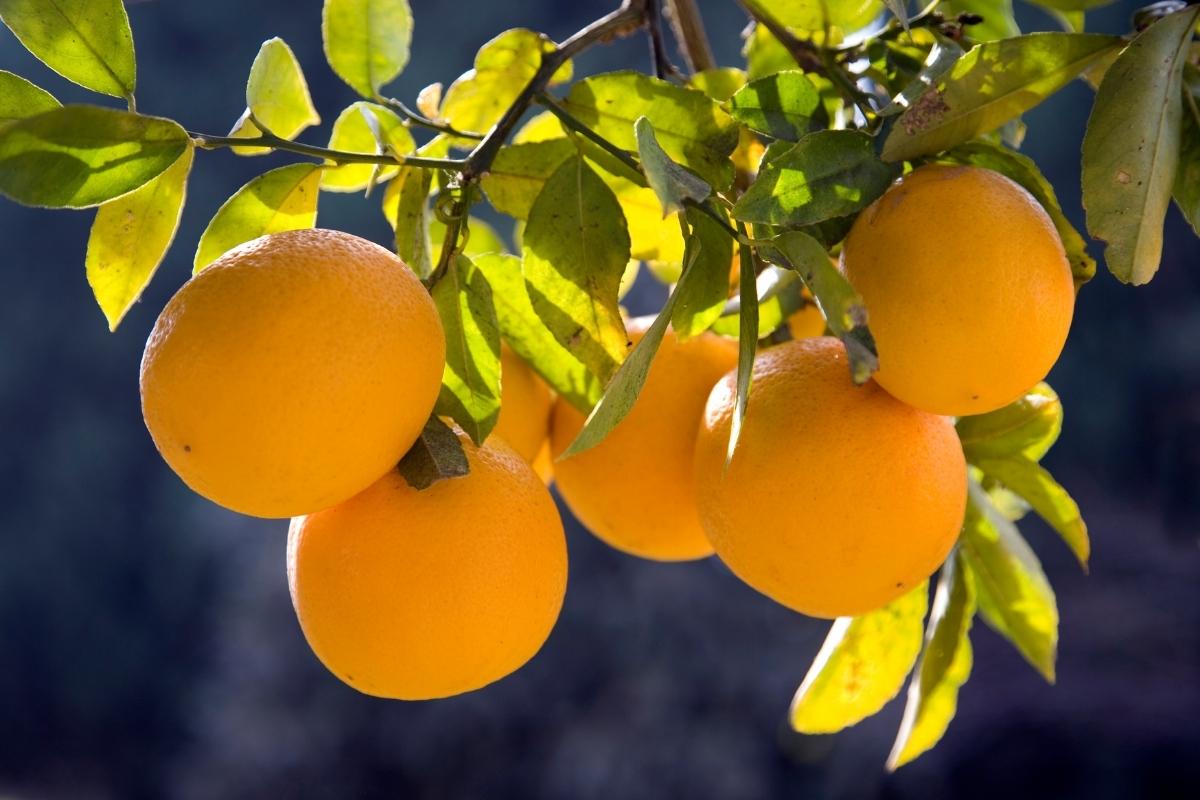5 Ways You Can Use Hydrangeas in Your Garden
5 Ways You Can Use Hydrangeas in Your Garden
1. Panicle Hydrangeas for Height and Structure
Panicle hydrangeas (Hydrangea paniculata) are perfect for adding height and structure to your garden. These hydrangeas can grow quite tall and have large, cone-shaped flower clusters that bloom from midsummer to fall. They thrive in full sun to partial shade, making them versatile for various garden spots. Popular varieties include 'Limelight' and 'Little Lime', known for their striking lime-green blooms that transition to pink in the fall.
Panicle Hydrangeas vs Panicle Hydrangea Trees
Panicle hydrangeas and panicle hydrangea standard trees share the same botanical classification and flower characteristics, with both featuring large, cone-shaped blooms that shift in color through the season. The primary difference lies in their form: panicle hydrangeas are typically bushy shrubs that can grow several feet tall and wide, creating a dense, rounded appearance in the garden. In contrast, panicle hydrangea standard trees are trained to grow on a single, upright trunk, forming a small tree with a canopy of flowers at the top. This tree-like structure adds vertical interest and a focal point to the landscape, offering a unique architectural element compared to the more traditional shrub form.

2. Mophead Hydrangeas for Classic Beauty
Mophead hydrangeas (Hydrangea macrophylla) are the classic hydrangeas many people picture when they think of these plants. They have large, round flower heads that come in a variety of colors, including blue, pink, and white. Mophead hydrangeas prefer morning sun and afternoon shade, making them ideal for spots with dappled light. Varieties like 'Endless Summer' bloom repeatedly throughout the season, providing continuous beauty.
Adjusting the soil pH is key to achieving the desired bloom color in mophead hydrangeas (Hydrangea macrophylla). To encourage blue blooms, the soil should be more acidic, with a pH of 5.5 or lower. This can be achieved by adding soil acidifiers, such Espoma Soil Acidifier. For pink blooms, the soil needs to be more alkaline, with a pH of 6.5 or higher. To increase the pH, gardeners can add agricultural or dolomitic lime such as Espoma Garden Lime. Regularly testing the soil pH and making adjustments as needed will help maintain the desired bloom color throughout the growing season.

3. Hydrangeas for Full Sun
While many hydrangeas prefer some shade, certain varieties can thrive in full sun, especially in cooler climates. Panicle hydrangeas are the best choice for full sun areas, as they can handle more direct sunlight without wilting. The 'Fire Light' variety, with its fiery red blooms, is a great option for adding vibrant color to sunny spots in your garden. Also the new 'Eclipse' mophead hydrangea with dark leaves is able to tolerate full sun. Most mophead hydrangeas will get extra crispy in full sun.

4. Hydrangeas for Full Shade
For those tricky full shade areas, consider planting smooth hydrangeas (Hydrangea arborescens) or climbing hydrangeas (Hydrangea anomala subsp. petiolaris). Smooth hydrangeas, such as the 'Incrediball' variety, produce large white blooms and can brighten up dark corners of your garden. Climbing hydrangeas are perfect for adding interest to shady walls or fences with their lacy white flowers and vigorous growth.

5. Hydrangeas for Consistent Design and Unique Flair
To achieve a consistent design in your garden, consider planting hydrangeas in groups or rows. Varieties like the 'Pop Star' hydrangea offer uniform growth and bloom patterns, making them ideal for creating hedges or borders. For a unique touch, try mixing different hydrangea varieties with varying bloom colors and shapes. The 'Eclipse' hydrangea, new for 2024, can add an exotic flair with its distinctive flowers, making your garden stand out.


Tips for Success
- Soil and Water: Hydrangeas prefer well-drained, moist soil. Be sure to water them regularly, especially during dry spells.
- Pruning: Prune your hydrangeas according to their type. Mopheads and lacecaps bloom on old wood, so prune them after flowering. Panicle and smooth hydrangeas bloom on new wood, so prune them in late winter or early spring.
- Fertilizing: Use a balanced, slow-release fertilizer in the spring to promote healthy growth and abundant blooms.
Incorporating hydrangeas into your garden can transform your outdoor space with their vibrant colors and lush blooms. Whether you're looking for height, shade solutions, or unique garden elements, there's a hydrangea variety that fits your needs perfectly. Visit Watson's to explore our extensive selection of hydrangeas, including the latest arrivals like the 'Pop Star' and 'Eclipse' hydrangeas, and let our knowledgeable team help you find the perfect plants for your garden.



